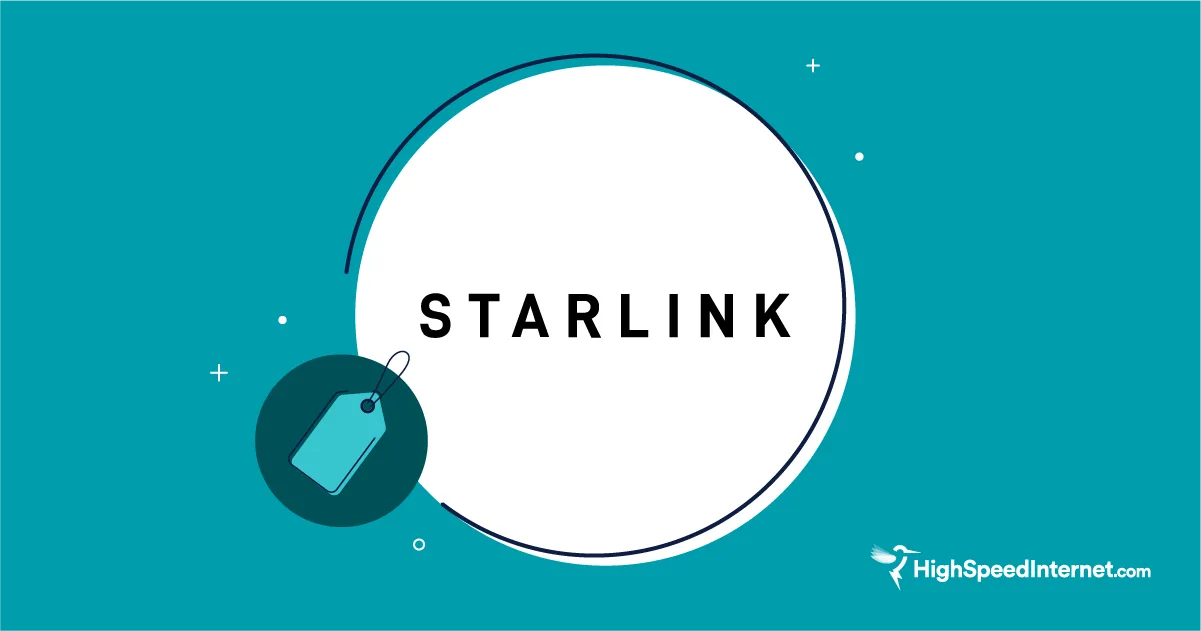How To Transfer Your Home Internet When You Move
What you need to do to stay connected to the internet when moving
Sep 24, 2025 | Share
Brand Guides
Transferring your internet service is simple—all you need to do is call your internet service provider (ISP) and tell them where you’re moving to. You’ll most likely have to schedule an activation and installation date, so it’s best to call as soon as possible.
If you’re happy with your current internet plan and provider, you’ll simply need to verify that your new address is still on your provider’s network. If your provider isn’t available or you’re looking for a better deal, be sure to check out all internet options at your new address. You may just find a faster and cheaper plan or snag some new perks or gift cards.
Transferring your internet service
If you want to keep your current plan and internet provider, follow these steps:
Step 1: Tell your ISP that you’re moving and verify availability at your new address.
Step 2: Schedule an installation and activation date for your new address.
Step 3: Once you’re moved in, run a speed test in your new home and verify your speed and connection.
Want to see what providers are available at your new address?
Enter your zip code below to check out plans and providers available.
Contact your internet provider
You’ll need to contact your provider if you plan on keeping the same plan or internet service. Try to call at least two weeks before your move-in date, but the sooner the better. You can also try signing into your account online to possibly set up a transfer of service or installation appointment through your provider’s website.
Even if your provider is available in your new home, the plan offerings and speeds may be different—so you might even be able to score faster speeds than before.
Verify your new plan details or any service changes with the customer service representative before committing to continue service.
What to do if your internet provider won’t be available in your new area
If your provider isn’t available at your new address, be sure to check with your provider for any early termination fees. If you do get stuck with an early termination fee, see if there are any internet providers in your new area that offer contract buyout—some will even cover your early termination fees in full. If you want more details on early termination fees, check out our guide to canceling your internet service.
Take advantage of a new provider, deal, or promo
If you’re sick of your current internet provider, need faster speeds, or just want to score some freebies, scoping out internet deals and providers at your new address is the way to go. You could get gift cards, free perks, or even a 30-day trial before locking down a plan.
If you’re looking for a new provider, be sure to do your research as far in advance as possible to avoid possibly being stuck in a new home without internet service. Check out our guide on the best monthly internet deals.
Check out internet deals and promos in your area
Enter your zip code below to see what special deals and promotions are available to you.
Install and activate your new internet service
If your new home is in your internet provider’s network and is already wired up for service, your setup could be as simple as plugging in your equipment on your scheduled activation date. If your home isn’t quite ready or wired for service, you’ll need to schedule an installation appointment with your provider.
Your internet provider is the most reliable way to verify if your new address is eligible for internet service or if you’ll need an installation. If your modem connects at your new address, it could be a sign that there is a connection to the internet provider’s network—but only the provider will be able to confirm.
If you need to schedule an install appointment, keep in mind that you usually can’t have internet access at multiple addresses at the same time, so be sure to schedule your service to switch over when you no longer need internet service at your old home.
Installations can be very quick, but could also take a few hours or days, depending on the complexity of your installation. Be sure to clear some time off your calendar and be ready to live without internet access if necessary. You can find a free public Wi-Fi hotspot or check out the best hotspot data plans to keep you connected while you wait for your home internet to be installed.
Verify your new internet connection
We recommend running a few speed tests once you have your new internet up and running. Verifying that you’re getting the speeds you pay for is the last step in ensuring your internet connection is fully transferred over to your new home.
You can use our speed test tool and get your results in just minutes. Just be sure to close out of all windows and apps before you run a speed test to get the most accurate results. Take a few tests throughout the day if possible, since your speed will most likely fluctuate.
If you’re happy with the speeds you see, your job is done, and you have successfully transferred your internet service. If not, contact your internet service provider to troubleshoot any issues that may be impacting your speeds.
FAQ about transferring your internet service
How do I move my router?
Can I take my modem to another house?
Can I set up internet service before I move in?
Author - Andrea GutierrezPrieto
After graduating from the University of Utah with an honors degree in Linguistics, Andrea Gutierrez Prieto transitioned from being an Analytic Linguist and Research Assistant to the HighSpeedInternet.com team. Andrea has a background in academic and research writing with a passion for helping readers make informed decisions. Off the clock, Andrea spends her time watching anime, reading manga, and baking delicious pastries at home.
Editor - Jessica Brooksby
Jessica loves bringing her passion for the written word and her love of tech into one space at HighSpeedInternet.com. She works with the team’s writers to revise strong, user-focused content so every reader can find the tech that works for them. Jessica has a bachelor’s degree in English from Utah Valley University and seven years of creative and editorial experience. Outside of work, she spends her time gaming, reading, painting, and buying an excessive amount of Legend of Zelda merchandise.





